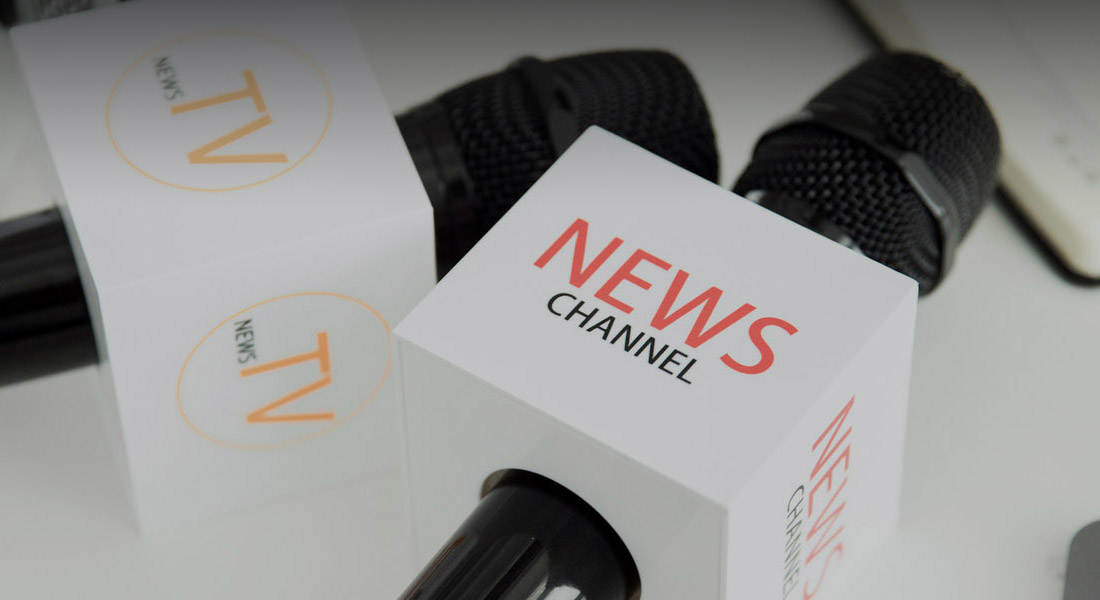Specifying a slewing bearing is only the first step. Its real-world performance and service life are overwhelmingly determined by how it is designed into the system. improper integration is the leading cause of premature failure, regardless of the bearing's inherent quality.
This technical guide moves beyond product selection to explore the critical engineering considerations for successfully integrating a slewing bearing into your application.
1. Mounting Design: The Foundation of Performance
The housing and mounting surfaces are the foundation upon which the bearing operates. Any imperfection here translates directly into bearing distortion.
-
Structural Rigidity: The supporting structures must be orders of magnitude stiffer than the bearing itself. Inadequate rigidity allows the structure to flex under load, creating unintended moments and forces that the bearing was not designed to handle, leading to premature wear and Brinelling.
-
Surface Flatness and Machining Tolerances: Mounting surfaces must be machined to a strict flatness tolerance, typically within 0.1 mm to 0.3 mm per meter of diameter. Any deviation will cause the bearing rings to distort when the bolts are tightened, preloading the rolling elements and drastically reducing service life.
-
Bolting Procedure: Follow the manufacturer's torque specifications and sequence meticulously. Bolts should be high-grade, preferably strength class 10.9 or higher. Use a cross-pattern tightening sequence to ensure even clamping force and avoid distorting the rings. Thread locking compound is often recommended.
2. Lubrication: The Lifeblood of the Bearing
A slewing bearing is a wear component, and lubrication is the single most important factor in managing wear.
-
Grease Selection: Standard lithium-based greases are common, but extreme environments demand specialized solutions:
-
EP (Extreme Pressure) Greases: For high-load applications with shock loads.
-
Moly-Based Greases: Offer superior anti-wear properties.
-
Synthetic Greases: For wide temperature ranges or extended relubrication intervals.
-
-
Lubrication Systems: For large or critical bearings, manual greasing is insufficient.
-
Centralized Lubrication Systems: Automate the process, ensuring consistent and complete lubrication of all raceways, even in hard-to-reach locations.
-
Re-lubrication Intervals: These are not guesses. They are calculated based on operating hours, environmental conditions, and bearing size. A best practice is to analyze the purged grease periodically to determine the optimal interval for your specific application.
-
3. Gear Integration: Optimizing Power Transmission
For driven bearings, the gear mesh is a critical power transmission interface.
-
Backlash Control: Proper backlash between the slewing ring gear and the pinion is essential. Too little causes binding and excessive wear; too much leads to loss of precision, impact loads, and tooth breakage. The required backlash is a function of gear module and center distance and must be meticulously set during assembly.
-
Pinion Design: The pinion should be made of a material harder than the bearing's gear teeth. This ensures that wear is concentrated on the cheaper, easier-to-replace pinion rather than on the integral bearing gear.
-
Finishing: Ground gear teeth on the slewing ring offer superior accuracy, smoother operation, and lower noise compared to hobbed teeth, making them essential for high-precision applications.
Conclusion: Integration is an Engineering Discipline
Viewing the slewing bearing as a system component, not just a purchased part, is the key to reliability. Investing time in precise mounting design, a robust lubrication strategy, and correct gear setup will pay massive dividends in extended bearing life, reduced downtime, and overall machine performance.

